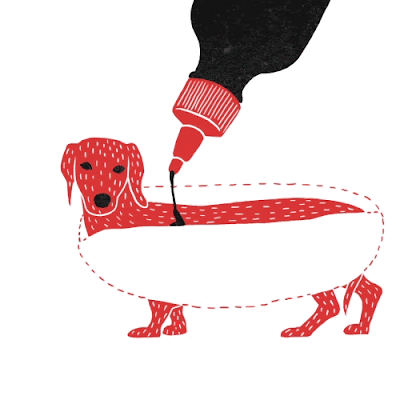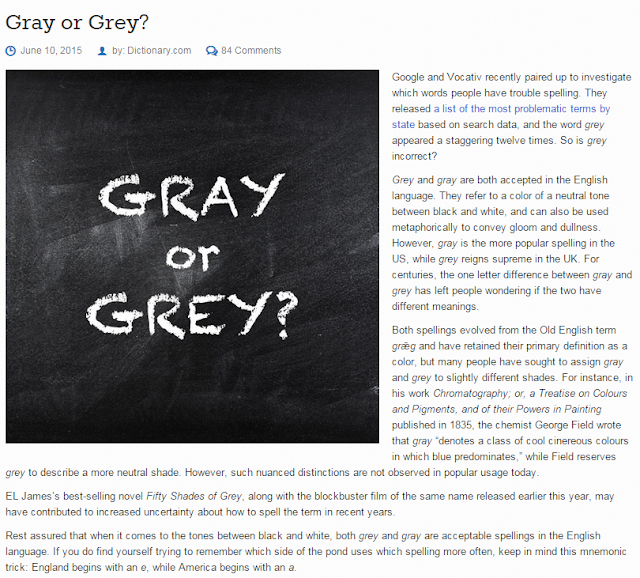Turkish Cusine
If you want to start a food fight, just ask people what are the world’s great cuisines? Culinary lore 傳統民間知識identifies three. Two seem obvious. The third is a bit of a puzzle. WEEKEND EDITION's food commentator Bonny Wolf explains.
BONNY WOLF: Chinese and French, right? Right. What’s the third great cuisine? It’s not Indian, Japanese or even Italian. It’s Turkish. Think about it: the Ottoman Empire奧圖曼帝國 covered three continents for 600 years. They controlled the spice trade.
In Istanbul, the sultans蘇丹土耳其皇帝 huge palace kitchens at Topkapi housed up to 1,300 staff preparing - sometimes for thousands - poached chicken with walnut sauce, rice pilaf 土耳其肉飯with eggplant and meatballs, salads with rose petals.
Ottoman rule extended from Budapest to Baghdad and much of the Mediterranean basin. Turkish nomads had been moving through central Asia toward the Middle East for a few thousand years. Then, at the end of the 13th century, one group the Ottomans set up permanent camp in what was then Constantinople, now Istanbul. 君士坦丁堡 今伊斯坦堡舊稱
By then, there had been culinary cross-fertilization from Asia, the Islamic world and bits of Europe.集亞洲伊斯蘭以及歐洲之大成 Talk about fusion cuisine融合料理. For example, the Turkish Uyghur維吾爾 started a kingdom in the 8th century in what is now China. Turkish manta薄皮煎包, lamb-filled dumplings, are probably an adaptation of some kind of Chinese pot sticker鍋貼. I tried them 1,300 years later on a recent trip and they’re still delicious, served in a garlicky yogurt sauce.
The Turks are natural locavores只吃在地生產的食物. Everything is fresh and in season. Fish is cooked the day it’s caught. The simplest restaurant serves a fresh salad of olives, cucumbers, tomatoes and bitter greens sprinkled with powdered sumac香料粉 Street vendors carry on their heads piles of freshly baked, sesame-covered simits a cross between a bagel and a soft pretzel. Carts are loaded with glossy black mussels served with a squirt of lemon. Women sit in restaurant windows making crepes to be filled with spinach, cheese or meat.
Meyhanes are like dim sum houses where waiters come to the table with platters of small plates - pickled sea bass, bulgur salad保加利亞沙拉 with red pepper paste, Albanian fried lamb livers, zucchini fritters油炸餅. It’s all washed down with anise-flavored茴香子 raki, the Turkish national drink國民飲料. Everything, all day, is accompanied by tea, oceans of tea served in tiny glass cups.
French and Chinese cooking deserve to be worshipped. So does the eclectic, habit-forming cuisine of Turkey.
HANSEN: Bonny Wolf is the author of "Talking with My Mouth Full." She's working on a book about the foods of Maryland’s Eastern Shore.










留言
張貼留言